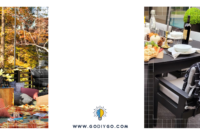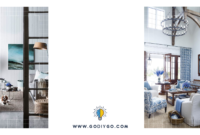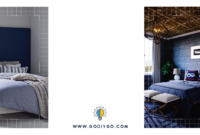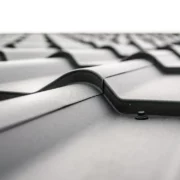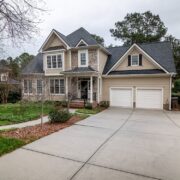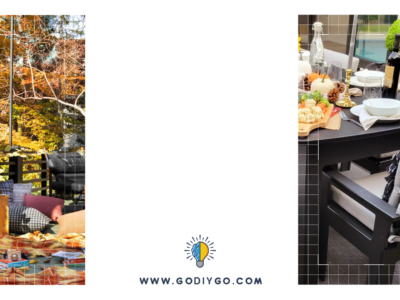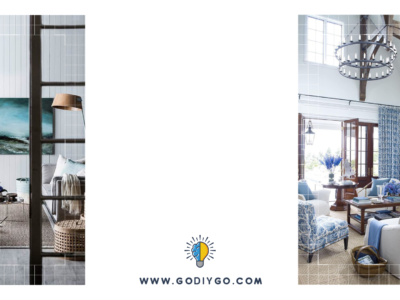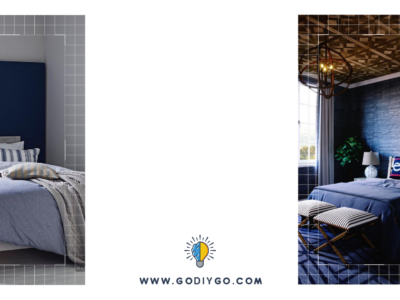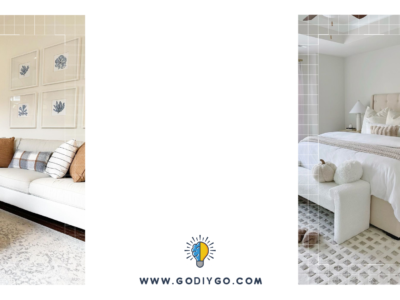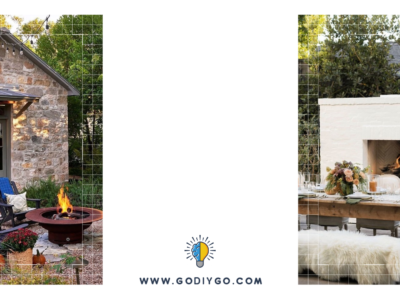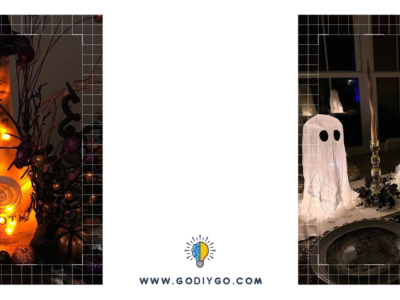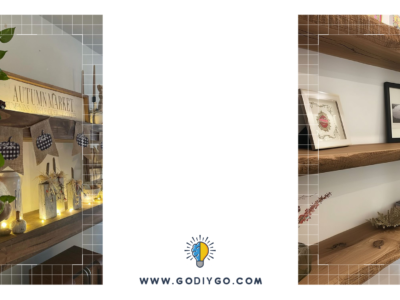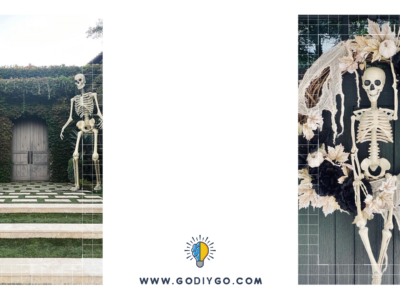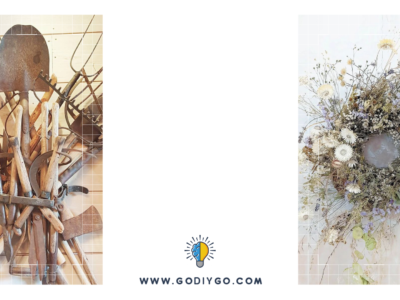Log cabins are your solution if you’re looking for that ambiance and a perfect way of connecting with Mother Nature. And this is probably why log cabins are still trendy and worth the investment. Residential log cabins differ from brick house features, making a huge difference. So let’s dive in and discover why most homeowners love and prefer log cabins over brick houses.
What Is a Log Cabin?
A log cabin is simply a tiny structure that is constructed with the use of logs. They have a classic touch that has been around for decades, but it’s still appealing to many residents because it has more virtues than brick homes. Logs vary in designs, colors, shapes, features, and sizes, giving you a variety to fit your taste and preference. You can also choose between softwood, hardwood, and tropical hardwood.
What are the Pros and Cons of a Log Cabin?
Investing in a log cabin is worth your money, so it’s best to know what to expect with these structures.
Pros of a Log Cabin
Below are the advantages of constructing a residential log cabin.
- Cost Effective: There’s a massive comparison between a brick house and a log cabin. Log species are traditional materials, making them cheaper, readily available, and more affordable than bricks. You can easily transform your log cabin into a perfect studio or relaxation joint for your friends and family. Most residential log cabins are now automated and secure and include other extras to accommodate modern technologies.
- Tolerate all Weather Conditions: Residential log cabins are constructed with interlocking logs, making them weatherproof and stable. This means you don’t have to worry about summer, winter, or other extreme weather conditions. The indoor temperatures stay intact whether the weather outside is harsh or not. For instance, outdoor snow/ice buildup does not affect the temperature inside your log cabin.
- Low-energy Consumption: Logs are natural materials and good insulators. Meaning that during the hot summer months, they leave the indoor temperatures cool, and the cabins are warmer during winter. This helps minimize energy costs as you don’t need to use your HVAC systems for indoor comfort. Buying/ constructing solid log cabins saves energy and reduces carbon pollution, making them environmentally friendly.
- Blends Well with any Garden: Logs vary in sizes, styles, and design, making it easier for you to choose what fits your preference and tastes. You can design the cabin to match your yard styles, such as modern gardens, a penthouse, or even modern windows. So your garden size doesn’t limit you from owning a log cabin that you can use for many occasions such as relaxation, gym storage work, and entertainment.
- Excellent Artistry: Brick cabins are beautiful but are limited to millwork and trim. With log cabins, you will find fine artistry at every turn lie a unique handcrafted staircase through its splinter group rollers and spiral staircase, illumination fixtures, and the hand-scribed huge wood overhead in the coffered ceiling. Residential log cabins have a way of adding that luxurious touch charm to any garden.
Cons of a Log Cabins
Log cabins have their share of downsides, but the merits outweigh the cons. Let’s take a look at some of the downsides of log cabins that you may experience.
- Wear And Tear: Unlike brick cabins, log cabins are susceptible to wear. Other flaws include termite, water damage, mold and mildew in excess moisture, and smoggy settings. Also, your log cabin may be vulnerable to extreme winds and storms if the foundation is not solid enough.
- Need for Chemical Treatment: You may need to maintain your residential log cabin through a chemical treatment to eliminate and prevent pests. The components used in log structures expand and contract in response to temperature shifts. When the weather is harsh, the materials can bend or twist.
Brick Cabins
Now that you know about log cabins, let’s find out about brick cabins. One sure bet is that brick cabins are common in many structures and consist of other materials such as concrete, lime, sand, and clay-bearing soil. Most pavements, walls, and floors are constructed with brick materials.
Advantages of a Brick Cabin
Below are the advantages of a brick cabin.
- Good Insulator: Brick is an effective insulator and retains natural warmth within the cabin during cold weather. The material maintains your house warm for long durations, saving energy and lowering carbon emissions.
- Low Maintenance Cost: Brick cabins have excellent texture features and colors. As a result, you won’t have to decorate your cottage, and there’s no chipping and wear. Your only small task involves light spraying once in a while to hold it in great shape.
Downsides of a Brick Cabin
Brick materials are costly compared to log materials, and you must dig deeper if you’re planning to invest in one.
- The materials are prone to mold growth, especially in damp environments. Brick is a dense material that easily cracks, increasing mold breeding grounds.
- Unlike logs, bricks are tough, making them hard to design and tie down. You may not play around with the style like you would in log cabin artistry.
Factors to Consider when Choosing Wood for a Log Cabin
Selecting the suitable wood for your log cabin is important as it will determine your cabin’s quality. Below are other factors to put into consideration.
- Wood species as there are different forms of wood such as hardwood, pine, redwood cedar, etc.
- The cost of wood as quality ones is costly but worth the investment.
- Quality and wood durability.
Conclusion
Investing in a residential log cabin creates a unique and; luxurious touch to your yard compared to brick cabins. You have various styles and designs you can select from, not forgetting the affordability of the materials to fit your needs and preferences. Log cabins can be designed to fit in any garden space, which is why the cabins are still in demand and loved by most homeowners.


